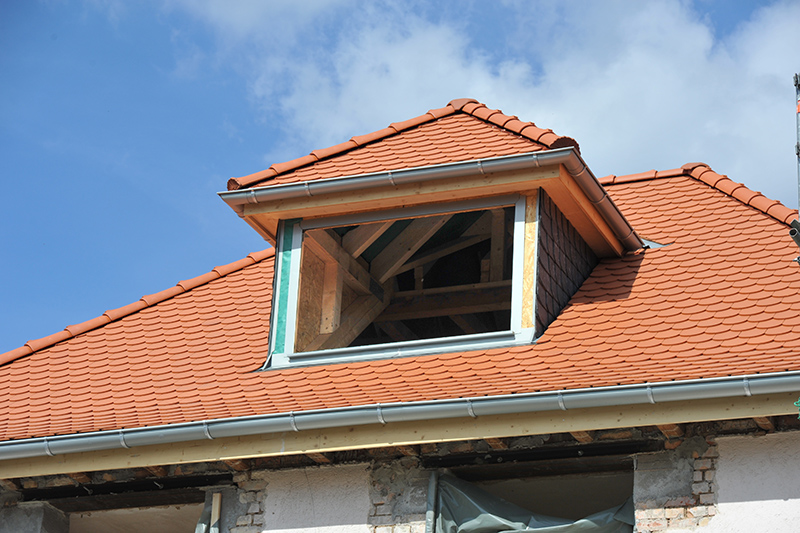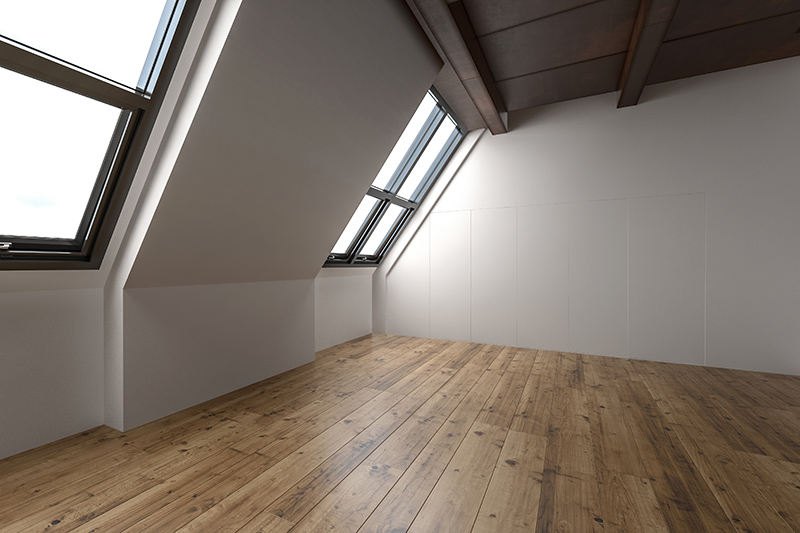How To Do A Loft Conversion by Loft Conversions Southend
The easiest way to gain an idea of whether your loft can be converted is to see whether any similar houses on your street have had loft conversions. Following a loft conversion, you can really think about what you want to do with the additional space.
Ensuring A Safe Working Enviroment For Loft Conversions Southend To Work In
There is no doubt what so ever that you will need to gain building regulation approval for your conversion.
Because emissions are a big concern in today's environment, you will need to provide a high level of insulation to your roof as part of your loft conversion. Introducing timber studwork with mineral fibre insulation will allow Loft Conversions Southend to achieve excellent insulation levels and it can be covered with sound-rated plasterboard.


Altering Roof Structures In Southend
There are range for different ways of altering roof structures for loft conversions, but they all have one common element – the ceiling joists will almost certainly be inadequate as floor joists. Bear in mind that it's likely that structural elements will need to be altered to allow for circulation within the room and roof windows of your loft conversion.
The new floor in your home will need at least 30 minutes of fire-protection, which could mean re-plastering the ceilings below it and the loft room will have to be separated by a fire door, either at the top or bottom of the new stairs. You will have to comply with the fire regulations at every point in the construction of your loft conversion.
Do You Need Help ?
Call Us Now On
Working Under The Permitted Development Rights In Southend, Essex
If you don't need to alter your roofline and can fit the conversion works inside the existing roof cover then you should be able to do the work under permitted development unless you are in a conservation area. Loft Conversions Southend can tell you that where you extend or alter your roof space and it exceeds specified limits and conditions permission is required.
